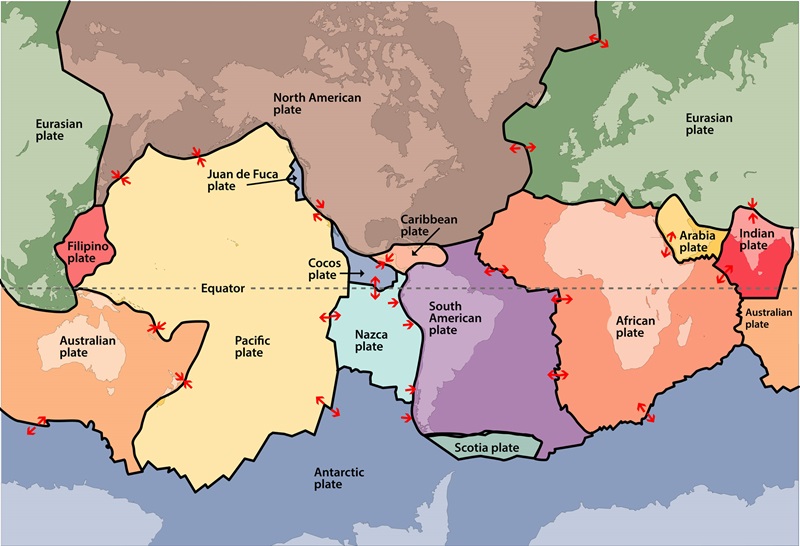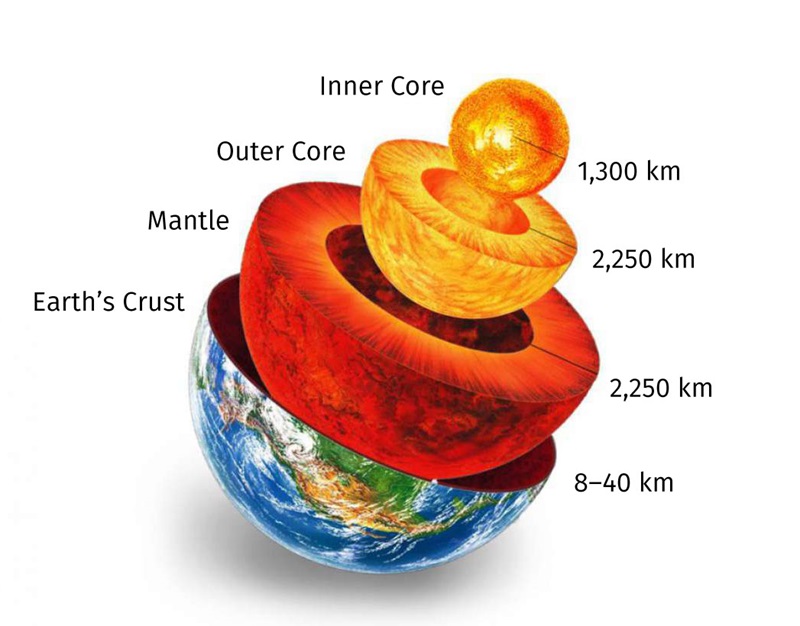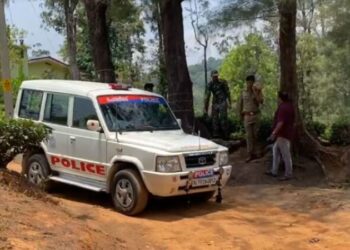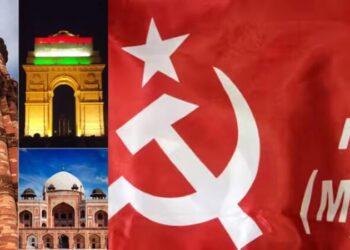Tokyo: When most people think of Japan, images of earthquakes and tsunamis often come to mind. The nation, named the “land of the rising sun,” is a battleground of some of the world’s most powerful earthquakes and tsunami waves. The latest seismic event, a 7.5-magnitude earthquake on New Year’s Eve, has triggered over 155 aftershocks. This also questions the vulnerability of Japan to such powerful tremors.
Japan’s geographical position is marked by its location above the intersection of four tectonic plates: the Pacific Plate, North American Plate, Eurasian Plate, and Philippine Plate. Tectonic plates are large, moving rock slabs forming the Earth’s lithosphere, or crust. The lithosphere consists of many plates, including eight major plates that traverse the asthenosphere, known as the mantle. These plates undergo gradual movement, approximately 3 centimeters per year, propelled by convection currents within the mantle.

The mantle is a hot and molten layer inside the earth’s surface. It experiences heating from the warm, iron outer core, prompting it to expand and become less dense. This creates a circular motion, with cooler and denser mantle material near the crust sinking towards the core, while hotter material near the core rises to replace the cooler substance. This continuous circulation drives the tectonic plates to move, influencing the distribution of continents and shaping geological features like volcanoes, hills, and mountains along plate boundaries.

The interaction of these plates occurs at four distinct types of plate boundaries: divergent boundaries, characterized by magma pushing plates apart and forming features like volcanoes; convergent boundaries, where plates of similar density collide, giving rise to structures such as mountains; transform boundaries, where plates slide horizontally past each other without creating or destroying crust; and subduction zones, where thicker plates push thinner plates down into the mantle through a process called subduction. The majority of subduction zones are concentrated in the Ring of Fire, encircling the Pacific Ocean and famous for frequent earthquakes and volcanic eruptions. Japan is one of the countries located in the Ring of Fire.

Japan is familiar with earthquakes. So, it adopts a proactive approach by issuing tsunami warnings if the earthquake magnitude surpasses 7 on the Richter scale. This measure is particularly taken when the earthquake’s epicentre is in the middle of the ocean or when the shaking is shallow. The possibility of a tsunami is high in such situations.
One troubling aftermath of earthquakes is the ignition of fires. The intense shaking and movement can rupture gas pipes and wreak havoc on power lines, electrical wiring, and household appliances. This damage becomes the reason for spreading fires.
Areas with silty or sandy soils are prone to liquefaction during earthquakes, transforming the ground into a muddy liquid. This liquefaction action damages pipes and structures, creating additional problems for firefighting efforts.













Comments